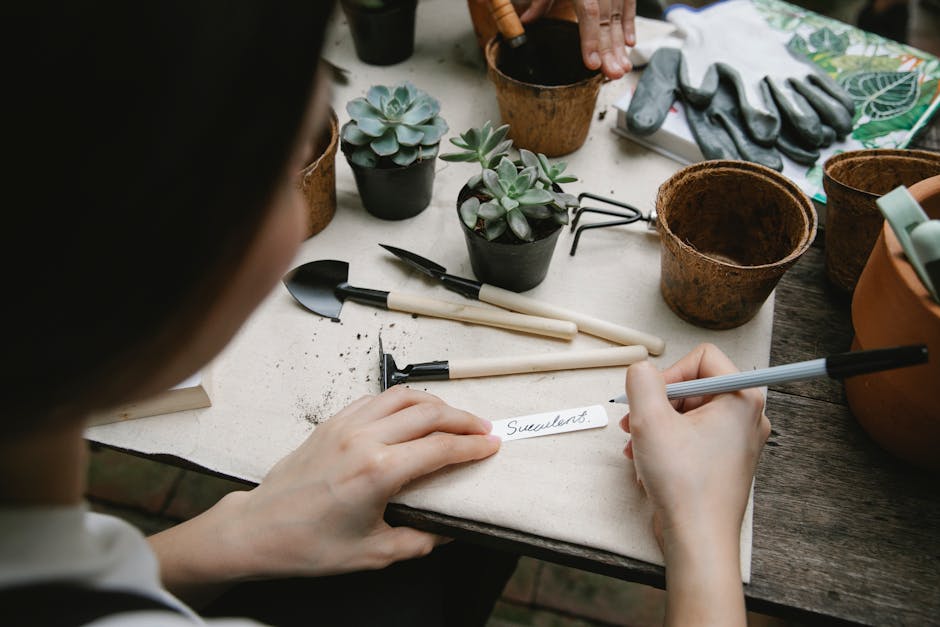 Photo from Pexels
Photo from Pexels
Originally Posted On: https://christiedustman.com/whats-in-atag-those-plant-tags-can-help-you-garden-better/
Do you wish your yard looked like some of your neighbors? Do you feel like they got the GARDEN HANDBOOK and you were absent that day? Well, take it from a long time gardener: getting the right plant for the right place isn’t so easy. There are so many factors to consider and impulsivity often rules.
So, where can you get meaningful plant information with care instructions? Google, etc., but more recently I have been looking at the PLANT TAGS on the plants at the nursery. They actually contain important pieces of information about the plant; and just like a dating website, you want to match the plant’s attributes with your site’s attributes. Check out these 3 most important data collection points:
Hardiness Zone
To start: Do you know what plant hardiness zone you are in? Hardiness refers to a plant’s ability to withstand a predicted cold temperature and survive. The entire USA is divided into Zones based on the lowest temperature typical to that area. Here in Boston we generally fall into zone 6 which means temperatures can go to -5 or -10 degrees F. Plants hardy to Zone 6 can reliably survive these temperatures. To find your zone check out this page on the USDA website: http://planthardiness.ars.usda.gov/PHZMWeb/
When you look at the PLANT TAG find the zone recommendation, which is usually a range, like 5 to 7. If your zone is included in this range, great. If not, your plant may succumb in winter since it can’t typically withstand such cold temperatures. As you might imagine, there are gardeners that push the Zone limits and are happily rewarded with a live plant or sad with a dead plant.
Sun and Shade Exposure
Sun/Shade exposure or Light requirements is also a very important factor to assess in your garden. Study your yard at different times of the day and identify the areas getting the most sun or shade. PLANT TAGS will specify:
- Full Shade (no direct sunlight)
- Shade to Partial Sun or Sun to Part Shade (3 to 6 hours of sunlight)
- Full Sun (at least 6 hours of direct sunlight)
Keep in mind that optimal conditions will produce the best results. For example, a plant that is labeled Sun to Part Shade may survive in a lot of shade but it may not flower as robustly as if it were in a sunnier spot. Or it may disappear one winter and never return.
Ultimate Size
A common mistake people make is not fully appreciating the ultimate mature size of plants. This is more likely to happen when you are buying that cute little plant that is small because it is young. By checking the plant tag for Spacing recommendations as well as Size, you will have a better sense if that beautiful Ginkgo biloba (which can reach a height of 50 to 75 feet high) will fit in your small side yard.
Great gardens take planning – page 1 of the GARDEN HANDBOOK! We are always here to help too.